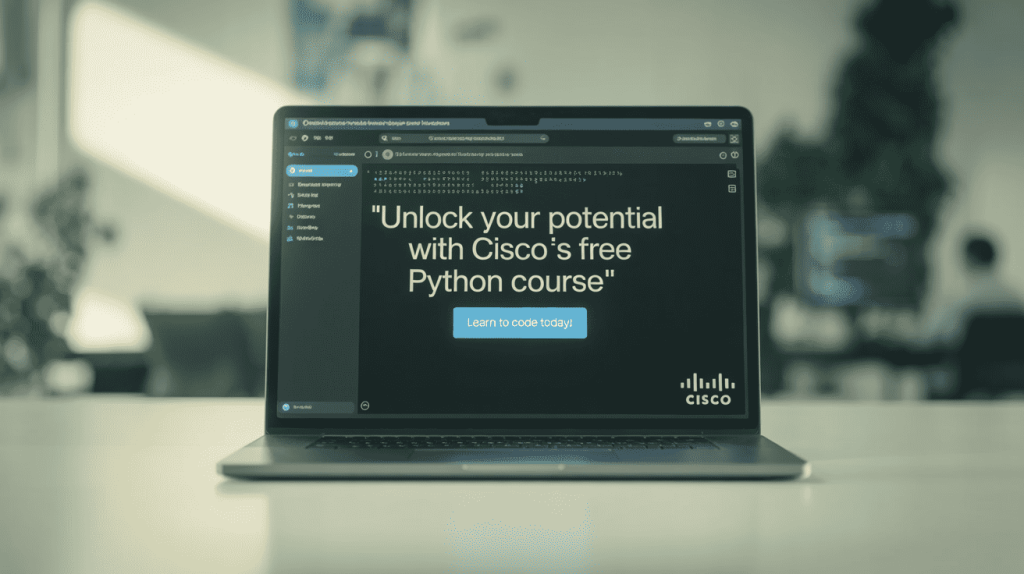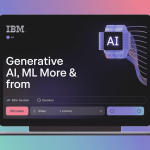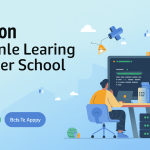
If you’re new to programming and want to build strong coding skills, the Python Essentials 1 course by Cisco Networking Academy, in collaboration with the OpenEDG Python Institute, is a great place to start. This beginner-level, online course teaches the basics of Python programming in a self-paced format – and yes, it’s completely free to join.
Whether you’re a student, job seeker, or simply someone looking to learn Python from scratch, this course offers a solid foundation without requiring any prior experience.
This course focuses on essential programming concepts and Python basics. You’ll start from the ground up, making it perfect for complete beginners. Here’s a breakdown of the core skills covered:
There are four learning modules, each with hands-on labs and assessments. You’ll also get to take a final exam to test your skills.
This course is designed for absolute beginners. You don’t need to know anything about programming or computer science. It’s ideal for:
Yes, completing this course earns you a digital badge from Cisco Networking Academy. While the course itself is free, you can also choose to take the PCEP certification exam (optional), which is a globally recognized entry-level credential. Note: the exam itself may have a separate fee.
Python is one of the most in-demand programming languages today. After completing this course, you’ll have a solid grasp of:
These skills are not only valuable in IT but also in fields like data science, AI, automation, and more.
Here’s how to sign up for the course:
Yes – completely free. You can access all course content, labs, and assessments without any cost. The only possible cost is if you choose to sit for the optional PCEP certification exam, which is handled by the OpenEDG Python Institute.
There are no hidden fees or subscriptions required to learn.

Content Strategist & Career Researcher
Haris is a Content Strategist and Career Researcher at Talentd, specializing in job market trends, career development, and placement preparation. With years of experience guiding students and professionals from Tier 2 and Tier 3 cities, he crafts practical, research-backed content that helps users succeed in competitive hiring landscapes.

Introduction Data engineering has become one of the most in-demand skills in today’s digital world. Every organization, from startups to multinational corporations, relies on data to make smart decisions. But before data can be analyzed, it needs to be collected, cleaned, stored, and made accessible — and that’s where data engineers come in. Dell Technologies, […]

IBM, a global leader in technology and innovation, is offering free online AI courses with certificates for learners around the world. Whether you are a student, job seeker, or working professional, you can now start learning Artificial Intelligence from scratch and earn industry-recognized credentials — all at your own pace and without paying a fee. […]

Amazon’s Machine Learning Summer School 2025 is an excellent opportunity for students in India to gain hands-on knowledge and foundational understanding of core ML concepts. This fully virtual program is designed to help students build a strong ML skillset, learn from leading scientists at Amazon, and prepare for a career in Machine Learning and Artificial […]